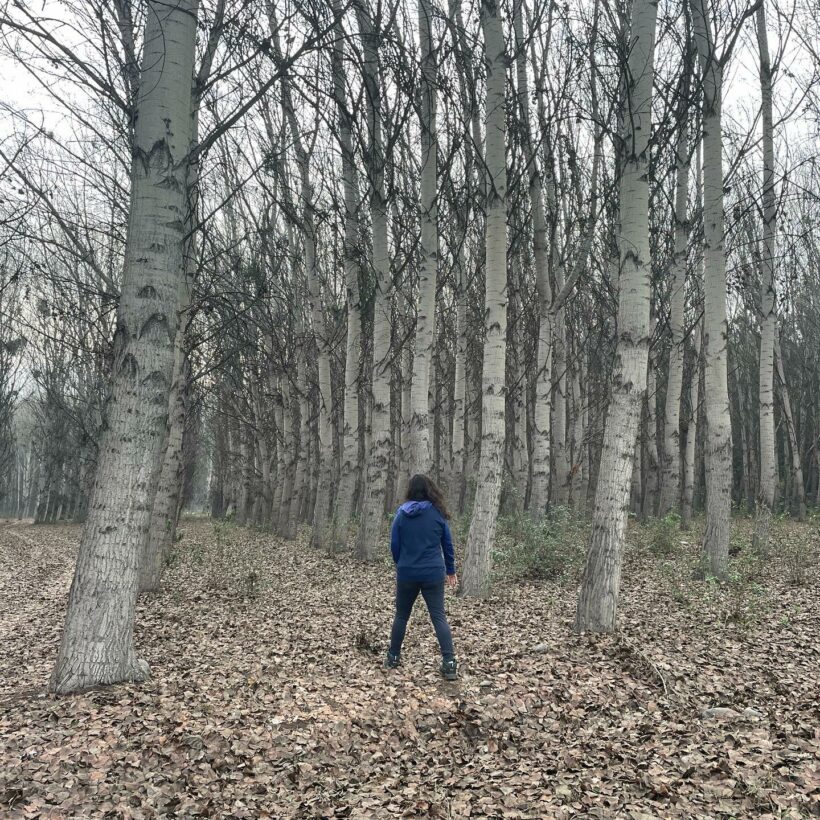“They took Catalina’s will to live”. With these words, Catalina’s mother begins an open letter to the community in which she describes the situation of her daughter, a student of Educational Therapy at the University of Los Andes, who took her own life because she could not bear the pain. Catalina had been subjected to academic/labor abuse during her professional practice.
Her mother, Catalina Cors Richards, a pediatrician at the Regional Hospital of Rancagua, tells us in her letter that Catalina “went to the management to present this situation and no one listened to her. She was treated as ‘sensitive’, as if it were something negative”. She goes on to say that Catalina “wrote a letter to the management (signed by half of her class) describing the mistreatment and irregularities she had suffered in each of her rotations”.
As is almost always the case in these situations of violence in educational contexts, the institutional response was to try to discredit the victim and silence the complaint by intimidating the colleagues who signed the letter, accusing them of being “liars and slanderers and threatening to suspend them from the internship”.
During my time at university, academic abuse was so normalized that those students who did not have the tools and conditions to deal with it were said to be suffering from surmenage, a depressive state caused by physical or psychological exhaustion.
Symbolic of this situation was a man who had been a student at the Faculty of Engineering and was living on the streets. We often saw him sleeping under cardboard taped to the wall of one of the buildings on Tupper Street. I heard about similar situations in other faculties of the University of Chile. Those were different times, and today such situations are no longer acceptable and even less justifiable.
Mental health was an individual, private, and secret matter. Visiting a psychiatrist or psychologist was frowned upon. It was unthinkable that the way academic work was carried out could be one of the causes of mental health problems among university students. The conclusion was simple: they were not able to cope with the demands of higher education.
Unfortunately, there are still many academic and professional practice centers that abuse and take advantage of students. The consequences are well documented. A 2020 study on mental health concluded that 20% of the country’s university students are at risk of suicide. The figures were gathered by academics from the Universities of Los Andes and Talca, together with researchers from the Millennium Nucleus to Improve the Mental Health of Adolescents and Young People, through a survey of more than 5,000 students from different disciplines.
Neuroscience has shown that it is not possible to develop meaningful and quality learning in states of stress, in “survival mode”. So, the challenge today is to promote joy and enjoyment in learning, to create a climate of trust and emotional security in the classroom, and to build academic self-esteem, motivation, and resilience. In all of this, the relationship between those involved in teaching and learning plays an important role, especially where there are power relations, such as between teachers and pupils.
Peer relationships, and also relationships with academic staff, are a critical variable in mental health, learning, and achievement. Quality of life is also part of education and it hurts the heart and soul when students like Catalina are robbed of their will to live. Good coexistence is also a challenge in higher education.










